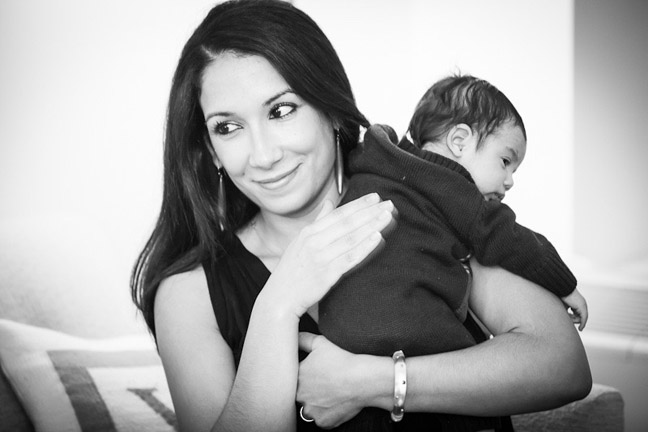My parents never prepared my sisters and me for disasters—they were thinking, “We live in New York City, where nada like what typically happens in places like the Dominican Republic [our home country] occurs.” My mom would always say, “En Nueva York no sucede terremotos y huracanes.” My parents, immigrants to this country, weren’t concerned with “what ifs” when it came to emergency situations like floods…
There was a problem loading this page. Please ensure JavaScript is enabled on your browser and any ad blockers are disabled.
Related
I never thought I wouldn’t take a CPR and first aid refresher course in person before starting solids with my…
When it comes to baby sleep and sleep training everyone has an opinion. This newsletter from Emily Oster is a must-read in…
Panda Crate is a baby and toddler subscription box for ages 0 to 2 (it belongs to KiwiCo, which makes…
The timing of an email I received mentioning that Carter’s is launching ‘Blowout Insurance’ couldn’t have come at a better time. My son…
